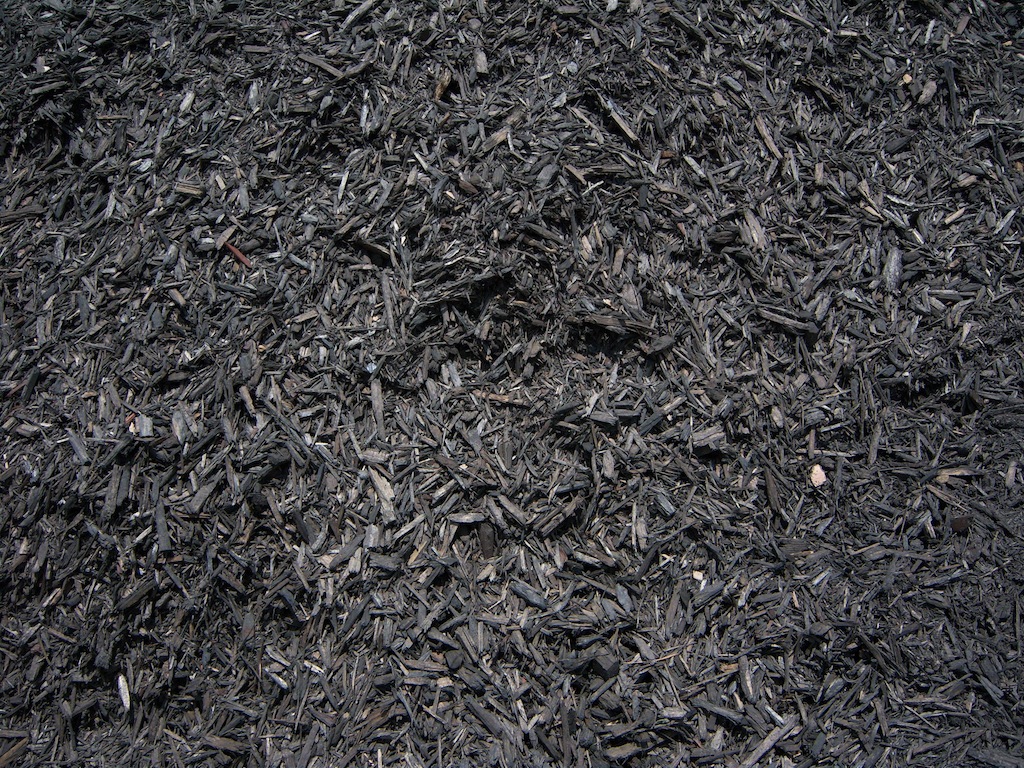 WEEDS! WEEDS! WEEDS! Have you caught yourself screaming these words?
WEEDS! WEEDS! WEEDS! Have you caught yourself screaming these words?
An older fella that had literally decades under his belt in the landscaping industry said once, “MULCH, MULCH, MULCH! That is the secret to good gardening.” Sound simple? Well, it is really.
Mulch is basically any material organic or not that is placed over a surface of the soil to conserve moisture, kill weed seedlings, moderate the temperature and make the garden or landscape more attractive. You could say it does all of that at the same time. In the old days mulch was meant to be natural, organic materials such as leaves, bark, wood chips, sand or stone. Well times have changed. Now there are literally dozens upon dozen of options to include plastic films to woven or non-woven geo-fabrics.
For the most part there is a common goal in mulching and that is reduce the time and hassle of weeding. Here we have listed some common materials both inorganic or seed-free organic mulches:
- Wood Chips: Find a local arborist in your area. Usually they are glad to rid themselves of horticultural waste. Or the best option is to find composted wood chips from a local soil or amendment supplier. Usually sold by the yard or truck load.
- Newspaper: Newspaper can be used either shredded or laid flat. It is great for water retention. Make sure to wet it so that it does not blow away. Apply a thin layer of weed free attractive mulch on top of it.
- Pine Straw: Pine straw is esthetically pleasing to the eye. It is best used for acid loving plants.
- Shredded Bark: Use this type of mulch around trees and other noticeable areas as this type of mulch is quite attractive.
- Grass Clippings: Grass clippings can be used making sure that the clippings come from a weed and pesticide free lawn.
- Leaves: Leaves are good choice if the leaves are shredded or composted.
Inorganic mulch like that of gravel, landscape fabric, sand and stone are other options and do hold in moisture, however it should be noted that these options do not add fertility to the soil. It is best to use this type of mulch around perennials, shrubs or trees that are naturally occurring and do not require additional fertilizer.
You can get the most out of your gardening pleasure by using fertile organic mulch. By doing so you can control weeds and provide a small amounts of nutrients to the soil. All organic composted mulches made from plant material fall into this category. Some mulches will decompose faster than others depending on the make up of the mulch. The mulches that quickly decompose are useful in annual flower and vegetable beds. When rain or irrigation water comes into contact with this type of decomposing mulch, the nutrients leach into the soil to be taken up by the plant.
There are other organic mulches that are more slow release or slow to decompose and provide few nutrients. These types are usually dry and woody and are usually low in nitrogen. These are typically the bark type mulches. The bark type mulches are for the most part resistant to rotting. Usually is best to use these around trees or paths. Fresh wood chips can make excellent mulch, however it is suggested that an external source of nitrogen be used.

Here is a list of other mulch sources:
- rice hulls
- cocoa shells
- cardboard
- sugar cane refuse
- ground corncobs
- peanut shells
- saw dust
- hops
- Peat
- straw
- gravel
- recycled rubber tires

